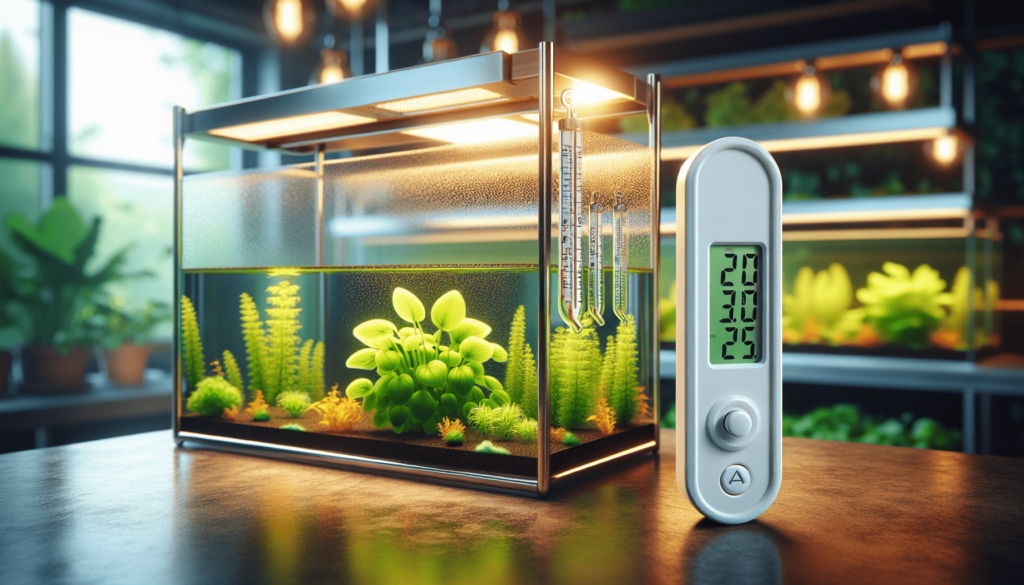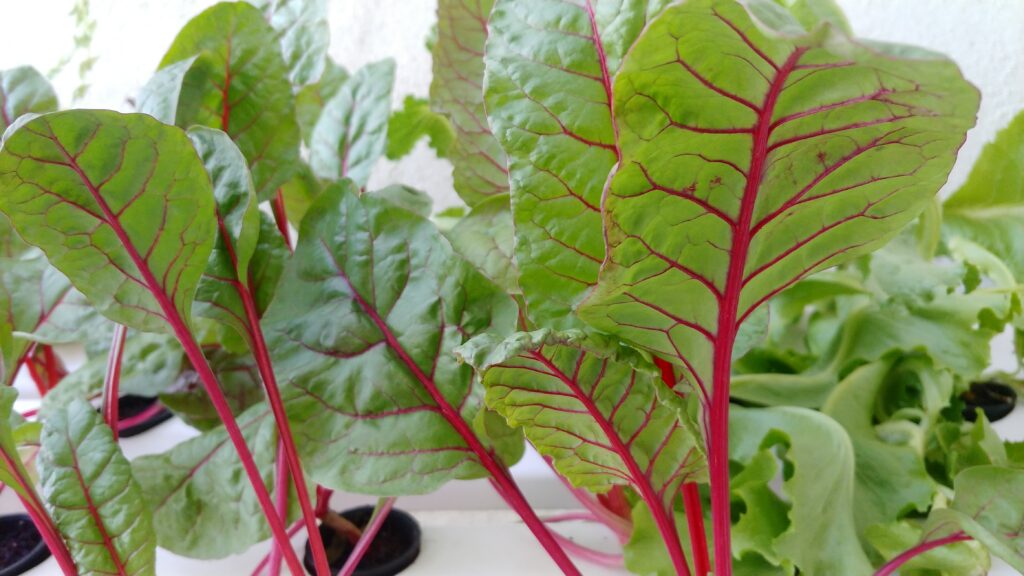If you’re an avid aquaponics enthusiast or just starting your journey into this sustainable farming method, you’ll soon realize the importance of monitoring and controlling the temperature in your system. The temperature plays a crucial role in the health and well-being of both your fish and plants, but figuring out the best way to achieve optimal conditions can be quite a puzzle. In this article, we’ll explore some effective methods and techniques that will help you ensure the perfect temperature balance in your aquaponic system. So, let’s dive right in and discover how you can create a thriving and harmonious environment for your aquatic friends and leafy companions.
Monitoring and Controlling Temperature in an Aquaponic System
Aquaponics is a sustainable and efficient method of growing plants and fish together in a symbiotic environment. Temperature control plays a crucial role in maintaining the balance and health of the aquaponic system. In this article, we will explore the importance of temperature control, factors that affect temperature, ideal temperature range, monitoring tools, heating and cooling methods, insulation techniques, passive design for temperature stability, and the monitoring of both water and air temperature. Additionally, we will delve into implementing temperature control measures to ensure the optimum conditions for your aquaponic system.
Understanding the Importance of Temperature Control
Maintaining an appropriate temperature is vital for the well-being of the fish, beneficial bacteria, and plants within an aquaponic system. Fluctuations in temperature can have adverse effects on all components of the system, disrupting the biological processes and potentially harming the organisms. By monitoring and controlling the temperature, you can create a stable environment that promotes optimal growth and thriving of both fish and plants.
Factors Affecting Temperature in an Aquaponic System
Several factors can influence the temperature within an aquaponic system. One of the primary factors is the ambient temperature, as it directly affects both the water and air temperature. The location of the system, be it indoors or outdoors, can also impact temperature dynamics. Furthermore, exposure to direct sunlight, fluctuations in outdoor temperature, and the level of insulation play significant roles in shaping the temperature conditions within the system.
Choosing the Ideal Temperature Range
The ideal temperature range for an aquaponic system depends on the specific needs of the fish and plants within it. While different species may have varying temperature preferences, a general range of 75°F to 85°F (24°C to 29°C) is often considered suitable. However, it is crucial to research and understand the specific tolerances and preferences of the organisms in your aquaponic system to ensure optimal growth and productivity.
Implementing Temperature Monitoring Tools
To effectively monitor and control the temperature in your aquaponic system, it is essential to employ suitable temperature monitoring tools. Digital thermometers equipped with sensors can provide accurate real-time temperature readings. There are also advanced monitoring systems available that allow you to track temperature trends, set alerts for temperature deviations, and remotely monitor your system’s temperature from anywhere.
Heating Methods for Cold-Weather Conditions
During cold weather conditions, it is vital to implement heating methods to prevent temperature drops that could harm the organisms in your aquaponic system. One commonly used heating method is the use of submersible heaters, which are placed directly in the water to maintain a consistent temperature. Alternatively, greenhouse structures can capture and retain heat, acting as a natural source of warmth for your system.
Cooling Methods for Warm-Weather Conditions
In warm-weather conditions, preventing excessive heat buildup within your aquaponic system is crucial. One effective method of cooling is the use of evaporative cooling systems. These systems utilize the principle of evaporative cooling by utilizing water and airflow to bring down the temperature in the system. Additionally, shading your system from direct sunlight and implementing proper ventilation techniques can help maintain an optimal temperature range.
Insulation Techniques to Stabilize Temperature
Insulation techniques are valuable tools for stabilizing the temperature within an aquaponic system. Using insulation materials such as foam boards or reflective bubble wrap can help reduce heat loss during colder periods and minimize heat gain during warmer periods. By insulating areas vulnerable to temperature extremes, you can create a more consistent and stable environment for your aquaponic system.
Preventing Temperature Fluctuations with Passive Design
Passive design strategies are an excellent way to prevent temperature fluctuations in your aquaponic system. These strategies involve thoughtful planning and design of your system to maximize its ability to self-regulate temperature. Examples of passive design elements include the strategic positioning of the system to take advantage of natural shade, optimizing airflow through proper vent placement, and utilizing thermal mass to absorb and release heat as needed.
Monitoring Water Temperature
Monitoring the water temperature is a crucial aspect of temperature control in an aquaponic system. The temperature of the water has a direct impact on the health and well-being of the fish and the efficiency of the beneficial bacteria. By using submerged digital thermometers or temperature probes, you can continuously monitor the water temperature and ensure it remains within the desired range. Any deviations from the optimal temperature can be swiftly addressed, preventing potential harm to the aquatic organisms.
Monitoring Air Temperature
While water temperature is essential, monitoring the air temperature within your aquaponic system is also crucial. The air temperature affects the overall climate of the environment and influences the growth and development of plants and fish. Utilizing digital thermometers or temperature sensors placed at suitable locations within the system can provide accurate readings of the air temperature. Regularly monitoring the air temperature allows you to make necessary adjustments to maintain an optimal growing environment.
Implementing Temperature Control Measures
Once you have established a thorough understanding of the temperature requirements of the organisms in your aquaponic system and have deployed suitable monitoring tools, it is time to implement temperature control measures. Based on the climate and specific needs of your system, this may involve utilizing heating methods during cold periods, cooling techniques in warmer temperatures, insulation techniques to stabilize temperature, or a combination of these approaches. It is essential to monitor the effectiveness of these measures and adjust them as needed to maintain an ideal temperature range.
In conclusion, monitoring and controlling the temperature in an aquaponic system is crucial for the well-being and productivity of the organisms within it. By understanding the importance of temperature control, considering the factors that affect temperature, selecting the ideal temperature range, and implementing appropriate temperature monitoring tools and control measures, you can create a stable and conducive environment for the growth of both fish and plants in your aquaponic system. Regular monitoring, adjustments, and preventive measures will ensure the long-term success and sustainability of your aquaponic endeavors.


